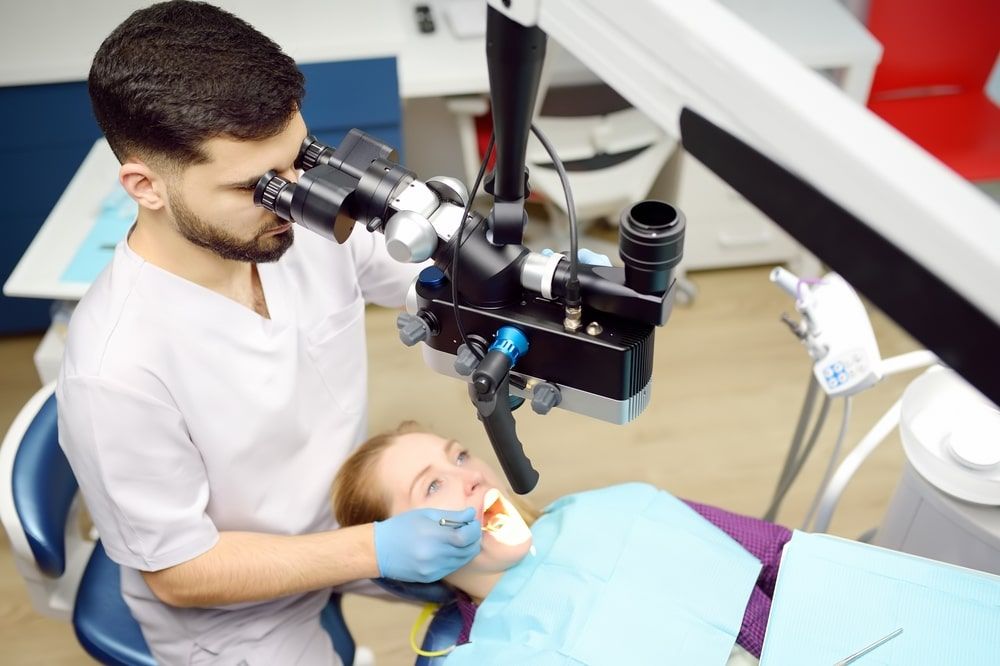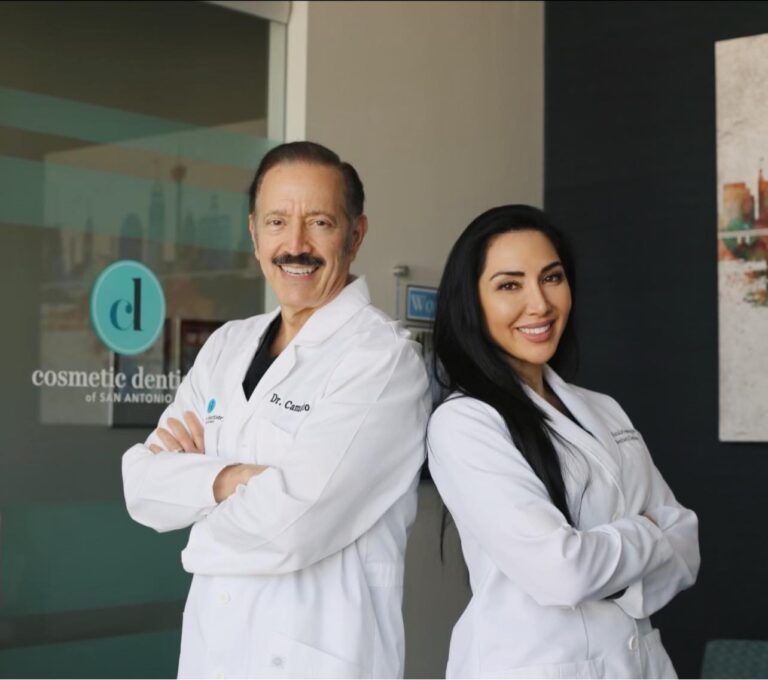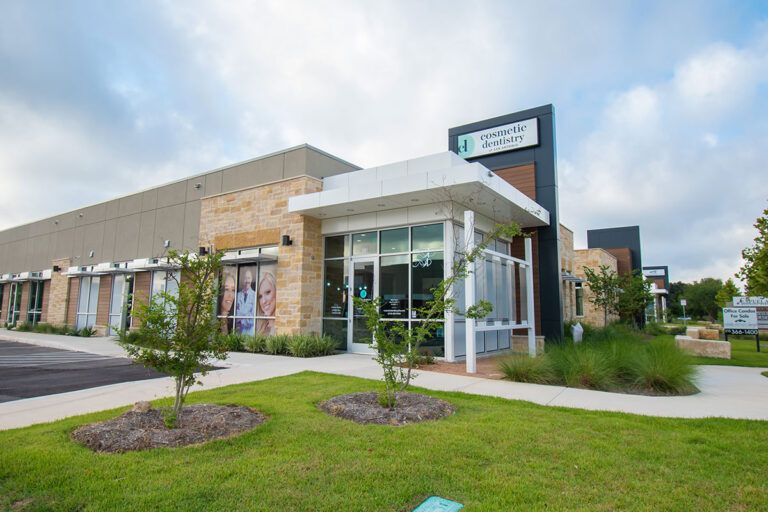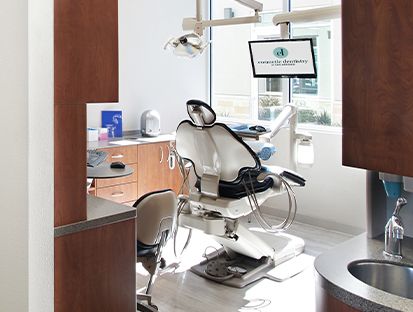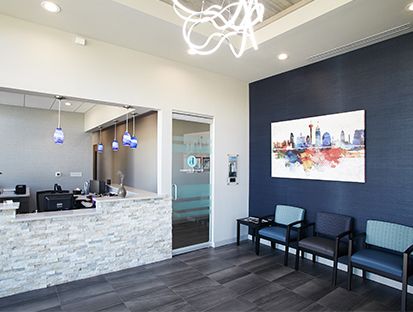Cosmetic dentistry has revolutionized the way we approach dental aesthetics, offering a variety of solutions to enhance smiles and boost confidence. As technology continues to advance, the field of cosmetic dentistry is rapidly evolving, bringing about innovative techniques and tools that promise even more precise, efficient, and personalized treatments. From digital smile design to 3D printing and laser dentistry, these emerging technologies are set to transform the patient experience and elevate the standards of dental care. In this blog, we will delve into the cutting-edge advancements shaping the future of cosmetic dentistry and explore how these innovations are making beautiful smiles more attainable than ever before.
In This Blog:
- Digital Smile Design (DSD)
- 3D Printing in Dentistry
- Intraoral Scanners and CAD/CAM Technology
- Laser Dentistry
- Artificial Intelligence and Machine Learning
- Biomaterials and Regenerative Techniques
- Virtual and Augmented Reality (VR/AR)
Digital Smile Design (DSD)
Digital Smile Design (DSD) is revolutionizing the way cosmetic dentistry is approached by integrating advanced digital technology into the planning and design process. This innovative tool allows dentists to create a virtual representation of a patient’s smile, providing a comprehensive view of potential outcomes before any physical work begins.
DSD enhances patient communication and satisfaction by allowing individuals to visualize their future smile, understand the proposed treatments, and provide input on their preferences. This collaborative approach ensures that the final result aligns closely with the patient’s aesthetic desires.
Moreover, DSD facilitates precise treatment planning by enabling dentists to simulate various procedures and their effects on the overall smile. By using detailed digital images and software, dentists can design restorations, orthodontic treatments, and other cosmetic procedures with higher accuracy and predictability.
3D Printing in Dentistry
3D printing technology is making significant strides in the field of cosmetic dentistry, offering unprecedented customization and precision in the creation of dental restorations. This technology allows for the production of crowns, bridges, dentures, and other dental prosthetics with remarkable accuracy and efficiency.
One of the primary benefits of 3D printing in cosmetic dentistry is the ability to create highly personalized restorations tailored to each patient’s unique dental anatomy. This customization results in better-fitting and more aesthetically pleasing outcomes, enhancing both function and appearance.
Additionally, 3D printing reduces the turnaround time for dental restorations. Traditional methods often require multiple appointments and longer waiting periods, but 3D printing streamlines the process, allowing for quicker production and delivery of prosthetics.
The future potential of 3D printing in dentistry is vast, with ongoing innovations aimed at improving materials, reducing costs, and expanding applications. From biocompatible materials that mimic natural tooth structure to on-site production capabilities, 3D printing is poised to transform the landscape of cosmetic dentistry, making high-quality dental care more accessible and efficient.
Intraoral Scanners and CAD/CAM Technology
Intraoral scanners and Computer-Aided Design/Computer-Aided Manufacturing (CAD/CAM) systems are transforming the field of cosmetic dentistry by enhancing accuracy, efficiency, and patient comfort. These technologies work together to create precise digital impressions and high-quality dental restorations.
Intraoral scanners eliminate the need for traditional dental molds, which can be uncomfortable and time-consuming. By capturing detailed digital images of the teeth and gums, these scanners provide a highly accurate representation of the oral cavity. This digital data is then used to design restorations, such as crowns, veneers, and inlays, with pinpoint precision.
CAD/CAM technology further refines this process by enabling the design and fabrication of dental restorations directly from the digital scans. This integration reduces the potential for human error, ensures a perfect fit, and speeds up the overall treatment timeline. Patients benefit from same-day restorations in some cases, minimizing the number of dental visits required.
The future of CAD/CAM technology in cosmetic dentistry looks promising, with continuous advancements aimed at improving the speed, accuracy, and range of applications. The combination of intraoral scanners and CAD/CAM systems is setting new standards for quality and efficiency in dental care, making it easier for patients to achieve their ideal smiles.
Laser Dentistry
Laser technology is gaining traction in cosmetic dentistry for its ability to perform various procedures with enhanced precision and minimal invasiveness. Lasers can be used for a wide range of cosmetic treatments, including teeth whitening, gum contouring, and the removal of benign oral growths.
One of the primary advantages of laser dentistry is the reduced discomfort and faster healing times compared to traditional methods. Lasers operate with pinpoint accuracy, allowing dentists to target specific areas without affecting the surrounding tissues. This precision leads to less bleeding, reduced need for anesthesia, and quicker recovery.
In teeth whitening, laser technology accelerates the bleaching process, producing noticeable results in a shorter time frame. For gum contouring, lasers provide a more controlled and less invasive way to reshape the gums, creating a more balanced and aesthetically pleasing smile.
Emerging laser technologies are continually expanding the capabilities and applications of laser dentistry. Future developments may include even more refined laser systems and broader uses in various cosmetic and therapeutic dental procedures. As laser technology advances, it promises to enhance patient experiences and outcomes in cosmetic dentistry, making treatments more comfortable and effective.
Artificial Intelligence and Machine Learning
Artificial Intelligence (AI) and Machine Learning (ML) are increasingly making their mark in cosmetic dentistry, offering tools that can enhance diagnostic accuracy, streamline treatment planning, and personalize patient care. These technologies leverage vast amounts of data to improve decision-making processes and outcomes.
AI and ML can be used to analyze patient data, such as digital scans, x-rays, and health records, to identify patterns and predict the best course of treatment. For instance, AI algorithms can assist in detecting subtle dental issues that might be overlooked by the human eye, ensuring early and accurate diagnoses.
In treatment planning, AI can simulate various cosmetic procedures, allowing dentists to visualize outcomes and choose the most effective approach. Machine learning models can also personalize treatments based on individual patient profiles, taking into account factors like dental history, lifestyle, and aesthetic preferences.
Additionally, AI-powered chatbots and virtual assistants can enhance patient interaction and education, providing instant answers to common questions and helping patients understand their treatment options. The future of AI and ML in cosmetic dentistry holds promise for even greater integration and advancements, potentially leading to fully automated diagnostic and treatment systems that further improve precision and patient satisfaction.
Biomaterials and Regenerative Techniques
Advancements in biomaterials and regenerative techniques are revolutionizing cosmetic dentistry by providing new options for restoring and enhancing dental aesthetics. These innovations focus on creating materials that mimic natural tooth structures and promote tissue regeneration, resulting in more natural and durable outcomes.
Biomaterials, such as biocompatible ceramics and composites, are being developed to offer superior strength, aesthetics, and longevity. These materials can be used in various cosmetic procedures, including veneers, crowns, and fillings, providing patients with restorations that closely resemble natural teeth in appearance and function.
Regenerative techniques, such as stem cell therapy and tissue engineering, are also gaining traction in the field. These methods aim to regenerate damaged dental tissues, including enamel, dentin, and even whole teeth. By harnessing the body’s natural healing processes, regenerative dentistry has the potential to provide long-lasting and minimally invasive solutions for dental restoration.
The combination of advanced biomaterials and regenerative techniques represents a significant leap forward in cosmetic dentistry. These innovations not only improve the aesthetic and functional outcomes of dental treatments but also enhance the overall health and resilience of patients’ teeth. As research and development continue, the future of cosmetic dentistry will likely see even more groundbreaking advancements in this area, offering new possibilities for achieving and maintaining beautiful, healthy smiles.
Virtual and Augmented Reality (VR/AR)
Virtual Reality (VR) and Augmented Reality (AR) technologies are increasingly being integrated into cosmetic dentistry, offering innovative ways to enhance patient experience, education, and treatment planning. These immersive technologies allow both patients and dentists to visualize and interact with digital representations of dental procedures and outcomes in unprecedented ways.
In cosmetic dentistry, VR can be used to create a simulated environment where patients can visualize the results of potential treatments. By donning a VR headset, patients can see a 3D model of their future smile, helping them understand the proposed changes and set realistic expectations. This interactive experience not only boosts patient confidence but also facilitates better communication between the dentist and the patient.
AR, on the other hand, overlays digital information onto the real-world view, allowing dentists to superimpose treatment plans onto the patient’s actual dental structures. This can be particularly useful during procedures, as it provides real-time guidance and enhances precision. For example, during implant placement or orthodontic treatments, AR can help ensure optimal alignment and placement.
Additionally, VR and AR are valuable tools for dental education and training. Dental students and professionals can use these technologies to practice and refine their skills in a risk-free, virtual environment. The future of VR and AR in cosmetic dentistry holds great promise, with ongoing advancements likely to further improve patient outcomes and treatment efficiency.
Conclusion
The field of cosmetic dentistry is on the brink of a technological revolution, with emerging technologies transforming the way dental care is delivered and experienced. From Digital Smile Design and 3D printing to AI, laser dentistry, and beyond, these innovations are making cosmetic treatments more precise, efficient, and personalized. As we continue to embrace and integrate these advancements, the future of cosmetic dentistry looks brighter than ever, offering patients more opportunities to achieve their ideal smiles with greater comfort and confidence.
Dr. Edward Camacho earned his DDS from the University of Texas Health Science Center. He believes in continuing his education and training and that a dentist’s education should never cease. As a result, he has received extensive training in aesthetic dentistry, restorative dentistry, dental implant placement, orthodontics, computerized dentistry, and laser dentistry. Dr. Camacho’s continued education and completed cosmetic procedures has helped him establish himself as one of San Antonio’s leading cosmetic dentists. He has completed thousands of cosmetic procedures over the span of his 40 year career.


